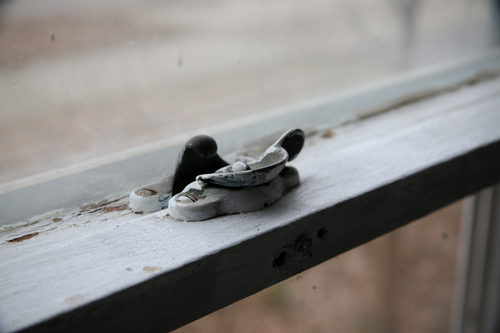MONDAY, MAY 6, 2024
The U.S. Department of Housing and Urban Development has released $90 million in funding to reduce lead-based paint and other residential health hazards for low-income families.
“All families across our Country deserve to live in a healthy home free from toxic lead exposure and other dangerous home health hazards,” said HUD Acting Secretary Adrianne Todman.
“HUD continues to fulfill the important commitments that protect children and families made under the Biden-Harris Administration's Lead Pipe and Paint Action Plan, including the new funding opportunities we have announced today.”
The Housing-related Hazards Capital Fund and Lead-based Paint Capital Fund Program Notice of Funding Opportunity reportedly provides grants to Public Housing Authorities and Indian Housing Authorities to evaluate and reduce residential health hazards in public housing.
HUD estimates that addressing health hazards like mold, carbon monoxide, fire safety, radon and lead-based paint in public housing units will cost an average of $15,000 per unit. This is considered notably higher than the average of $3,500 per unit received through Capital Fund Formula grants.
According to the department, funding for the evaluation and remediation of lead-based paint hazards remains a critical need as most public housing units were constructed prior to 1978. These grants are described as particularly critical for children under the age of six who are most at risk of suffering the devastating effects of lead poisoning.

 |
| Katie Dobies / Getty Images |
|
The U.S. Department of Housing and Urban Development has released $90 million in funding to reduce lead-based paint and other residential health hazards for low-income families. |
These programs are also part of President Joe Biden’s Justice40 Initiative, which sets a goal that 40% of the overall benefits of certain federal climate, clean energy, affordable and sustainable housing, and other investments flow to disadvantaged communities.
Additionally, HUD’s Office of Lead Hazard Control and Healthy Homes plans to soon release funds for the Lead Hazard Reduction and Lead Hazard Reduction Capacity Building grants for state and local governments.
The Healthy Homes Production grants will also reportedly be made available, which addresses lead and promotes safer and more resilient living conditions, especially for families living in disadvantaged communities.
The deadline for Public Housing Authorities and Indian Housing Authorities to apply for the funding opportunity is July 1, 2024.
With this latest investment, HUD says it has made more than $3.5 billion available to protect children, families and individuals from exposure to lead and other hazards in their homes since 1993.
Lead Pipe and Paint Action Plan
At the end of 2021, the White House released its Lead Pipe and Paint Action Plan as part of the bipartisan infrastructure law, to deliver clean drinking water, replace lead pipes and remediate lead paint. The goal of the plan is to replace all lead pipes in the next decade.
According to the White House, at the time, approximately 10 million American households and 400,000 schools land childcare centers are served by a lead service line or pipe. About 24 million housing units have lead-based paint hazards, which reportedly 4 million of house young children.
The plan, according to the White House Fact Sheet, features 15 new actions with more than 10 federal agencies. These actions are divided into three categories: getting resources to communities; updating rules and strengthening enforcement; and reducing exposure in disadvantaged communities, schools, daycare centers and public housing, including:
Tagged categories: Coating Materials - Commercial; Funding; Good Technical Practice; Hazards; Health & Safety; Health and safety; Housing; HUD; Lead; Lead; Lead paint abatement; Lead rule; Maintenance + Renovation; Program/Project Management; Residential